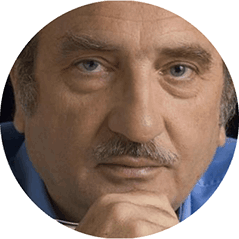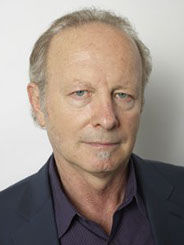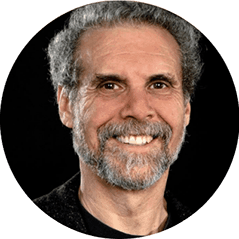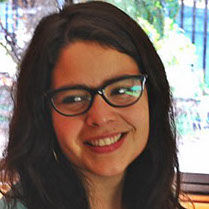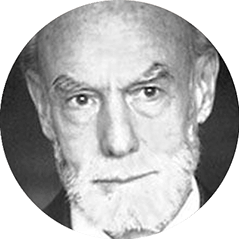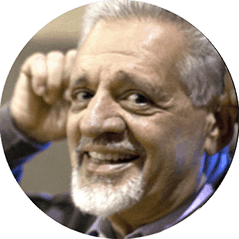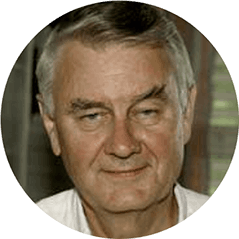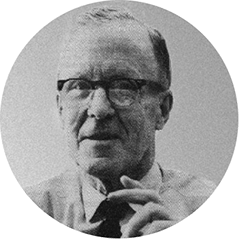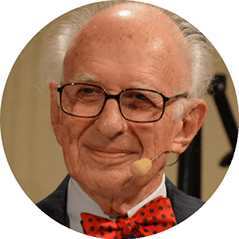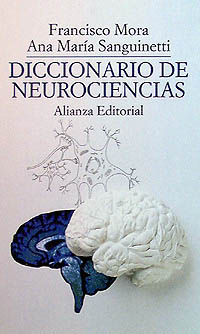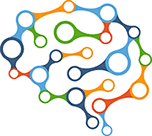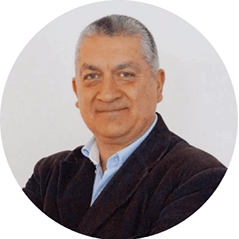
Arturo Niño Solís
Researcher registered in CONACYT, in the National Registry of Scientific and Technological Institutions and Companies (Mexico)
Coded message in High Vibration Resonance Technology (TRAV)© for information processing at the unconscious level, for neuroformation with a structure with these characteristics:
- Compatible with personal interest and that of the company / organization.
- In the first person (self-directed).
- Positive.
- In the present tense.
- With a structure to avoid logical thinking. The one who accepts or rejects information.
